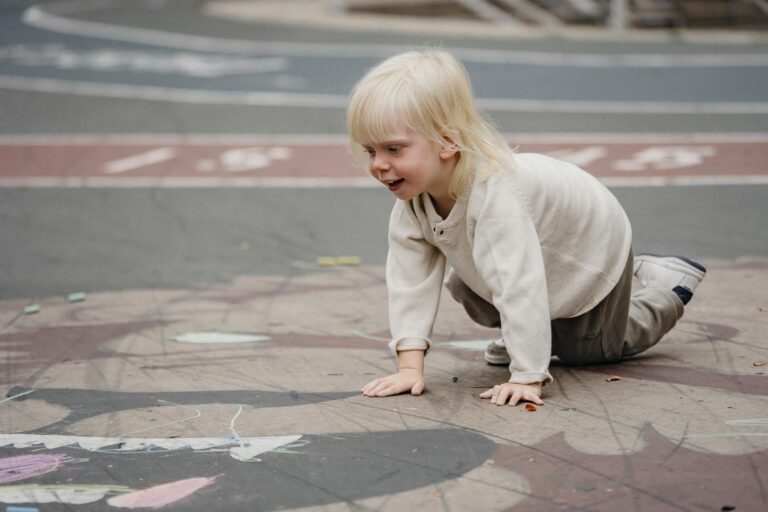NYC’s Office Makeover: How Empty Workspaces Are Becoming Homes
You know what’s wild? Walking through Manhattan these days and seeing those glass-and-steel office towers—the ones that used to buzz with suits and coffee runs—now half-covered in scaffolding. It’s not just a facelift. We’re talking full-on identity crisis. By 2025, about 4% of NYC’s office space will vanish from the market. Poof. Gone. But here’s the twist: they’re not being demolished. They’re getting a second life as apartments. And honestly? It’s about damn time.
Why This Conversion Craze Is Happening Now
The Money Side of Things
Let’s be real—COVID didn’t just change our work habits; it kicked commercial real estate in the teeth. Eighteen percent vacancy rates don’t lie. Meanwhile, try finding an affordable apartment in this city. I dare you. Rents are through the roof, and vacancy rates for homes? A laughable 1.4%. So developers did the math: why build new when you can repurpose? Conversions cost way less—like 20-30% cheaper than starting from scratch. Smart move, especially with interest rates doing their rollercoaster impression.
City Hall Finally Gets It
Here’s the thing: zoning laws used to make these conversions nearly impossible. But in 2022, the city woke up. Now, if your office building predates 1990 (hello, ugly ’80s architecture), you’ve got way fewer hoops to jump through. Throw in some tax breaks, and suddenly everyone’s racing to convert before the 2025 deadline. It’s like musical chairs, but with billion-dollar properties.
What This Means for NYC
Office Space: Shrinking Fast
We’re losing about 10 million square feet of offices—that’s like 15 Empire State Buildings worth of workspace. Some folks are panicking about a future shortage of “premium” office space. But come on—how many of us are really going back to five days a week in a cubicle? My bet? Never again.
Silver Lining for Renters?
Projects like 25 Water Street promise over a thousand new units, with a chunk set aside as “affordable” (whatever that means these days). The Financial District’s already seeing changes—actual grocery stores popping up where there used to be nothing but Pret a Mangers that closed at 3pm. Progress, I guess.
Not All Sunshine and Rainbows
Architectural Headaches
Here’s the catch: not every office can become a decent apartment. Those gorgeous old pre-war buildings? Perfect—they’ve got windows everywhere. But those 1960s monstrosities with dark, windowless cores? Good luck making those livable without spending a fortune. Plumbing alone can eat up all your supposed savings.
The Ripple Effect
Think about the lunch spots, dry cleaners, all those little businesses that survived COVID only to face this new reality. And let’s not kid ourselves—without strict rules, these “affordable” units might just become luxury condos in disguise, pushing out even more longtime residents.
Who’s Doing It Right
Success Stories
Take 25 Water Street—that massive office complex is turning into a mini-neighborhood. The developers got lucky with its U-shape design (rare in modern towers), meaning actual sunlight in apartments. Revolutionary concept, right? Then there’s 160 Water Street mixing shops with housing, keeping the street alive instead of creating another dead zone.
Inside the Developer Mindset
One developer (who asked not to be named) put it bluntly: “You either lock in financing now or get killed by construction costs later.” Smart money’s betting on conversions giving 6-8% returns—way safer than gambling on new office towers no one might need.
What Comes Next?
Looking Ahead
If this keeps up, whole chunks of NYC could feel completely different in a few years. Mayor Adams is already talking about expanding the program. And you know other cities—looking at you, San Francisco—are taking notes. Desperate times call for creative solutions.
If You’re Playing the Game…
Developers: Stick to older buildings with smaller footprints. Renters: Brace for quirky layouts—these are still converted offices, after all. Investors? Watch neighborhoods where offices sit empty but people actually want to live. Midtown South, I’m watching you.
The Bottom Line
This isn’t just about real estate. It’s about what kind of city we want to live in. The 9-to-5 downtown might be dying, but in its place? Maybe something better. Something that actually works for people who call this place home.
Want more unfiltered takes on NYC’s changing face? Hit subscribe—no corporate fluff, just real talk.













One thought on “NYC Office Conversions to Cut Inventory by 4%”